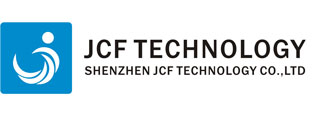
 Tel: +86755-27523807 +8613715205860(wechat/whatsapp)
Tel: +86755-27523807 +8613715205860(wechat/whatsapp) Email: jcf@jcftechnology.com
Email: jcf@jcftechnology.com

 Tel: +86755-27523807 +8613715205860(wechat/whatsapp)
Tel: +86755-27523807 +8613715205860(wechat/whatsapp) Email: jcf@jcftechnology.com
Email: jcf@jcftechnology.com
Lower production costs: Membrane switches can be mass-produced using automated machinery, which reduces labor costs and increases efficiency compared to traditional mechanical switches.
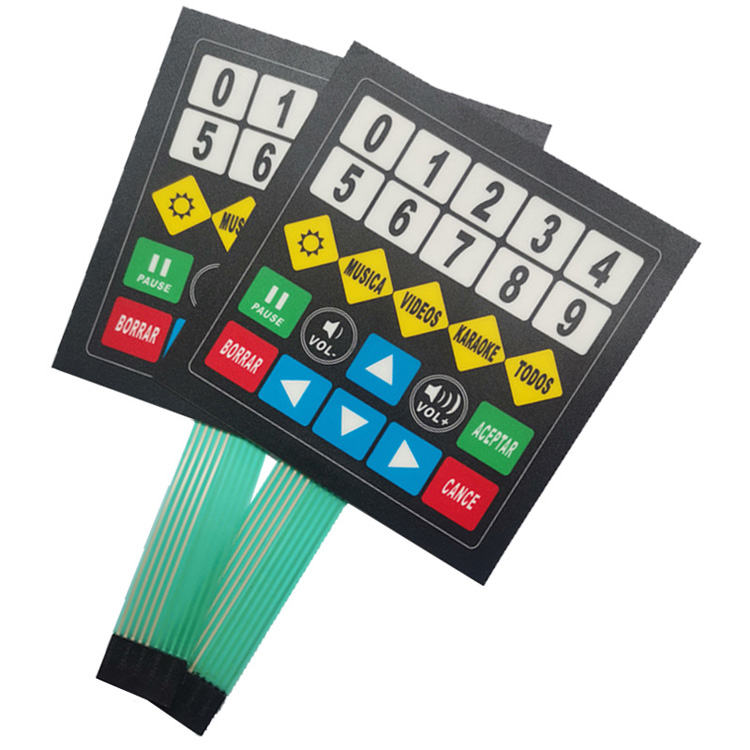
Simplified assembly: Membrane keypad switches often have fewer components and require less assembly time, leading to reduced manufacturing expenses.
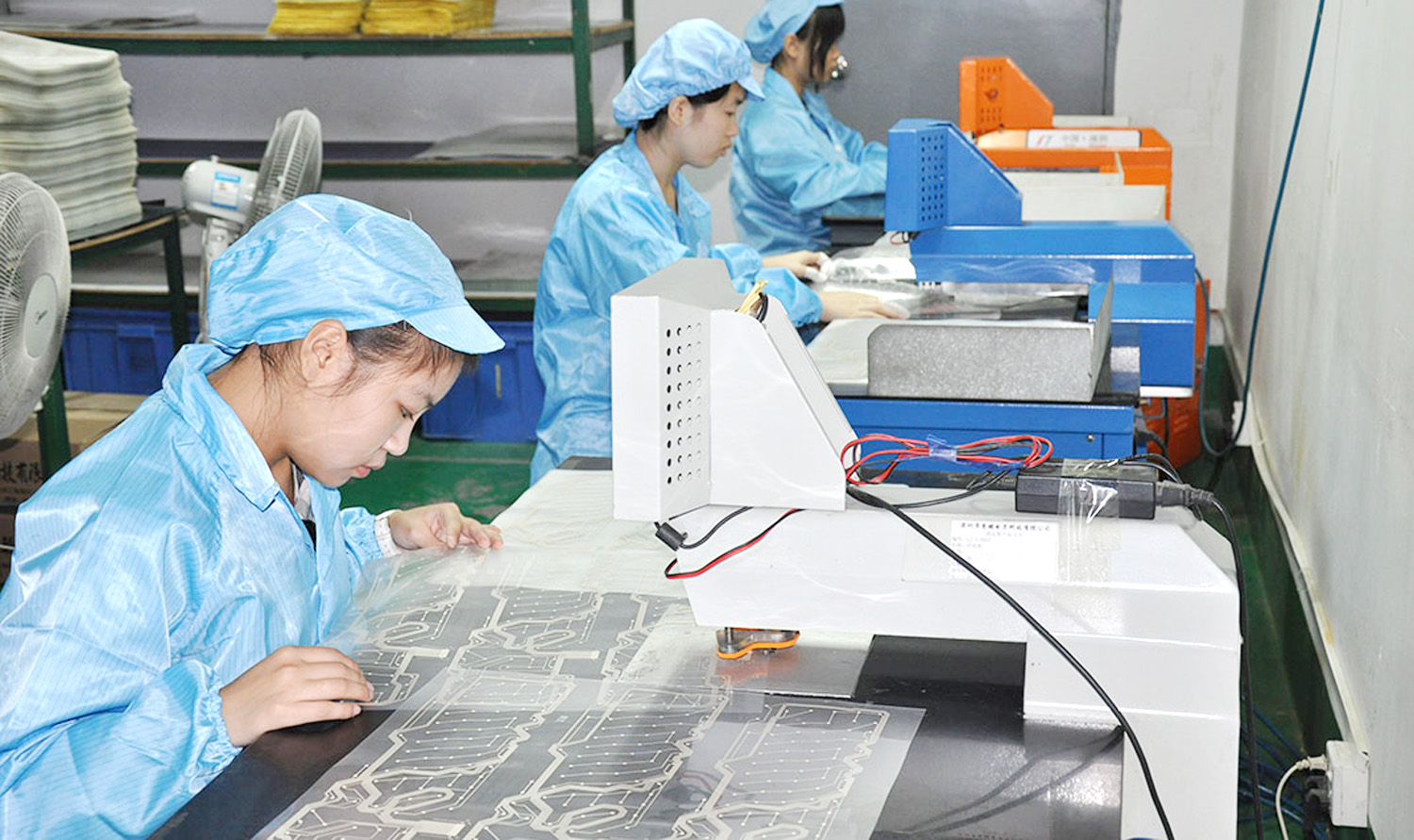
Smaller size: Membrane panel switches are generally more compact than traditional switches, allowing for space savings in electronic devices and potentially reducing overall product costs.
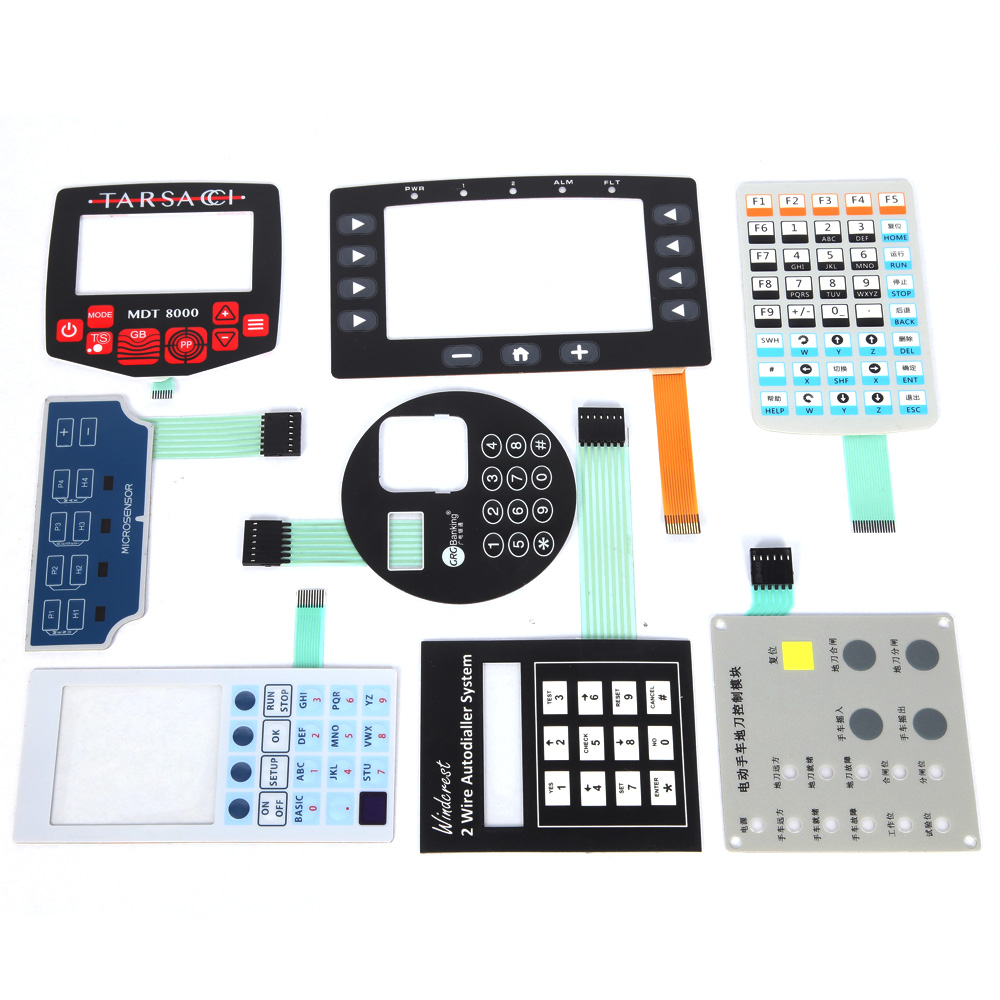
Long lifespan: Membrane switches keypad are designed to withstand millions of actuations, reducing the need for frequent replacements and maintenance, which can save on long-term costs.
Lower material costs: Membrane keyboard switches typically use thin, flexible materials such as polyester or polycarbonate, which are less expensive than the materials used in traditional switches.
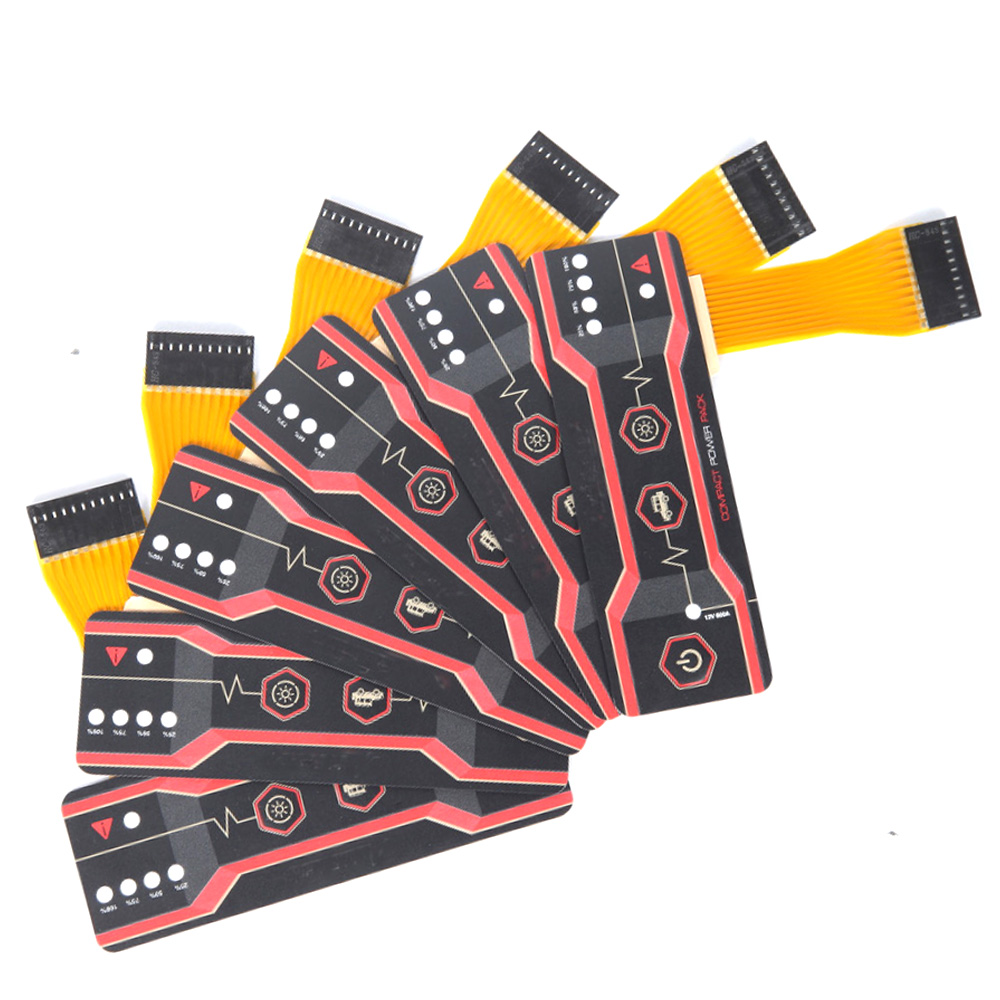
Lower shipping and storage costs: Due to their smaller size and lightweight design, membrane switches take up less space during shipping and storage, resulting in lower logistics and inventory management costs.
Reduced warranty claims: The durability and reliability of membrane switches can lead to fewer customer complaints and warranty claims, which can save on customer service and repair costs.

Compatibility with various applications: Membrane switches can be customized to meet specific requirements, making them suitable for a wide range of applications and potentially reducing the need for multiple switch types, which can further reduce costs.
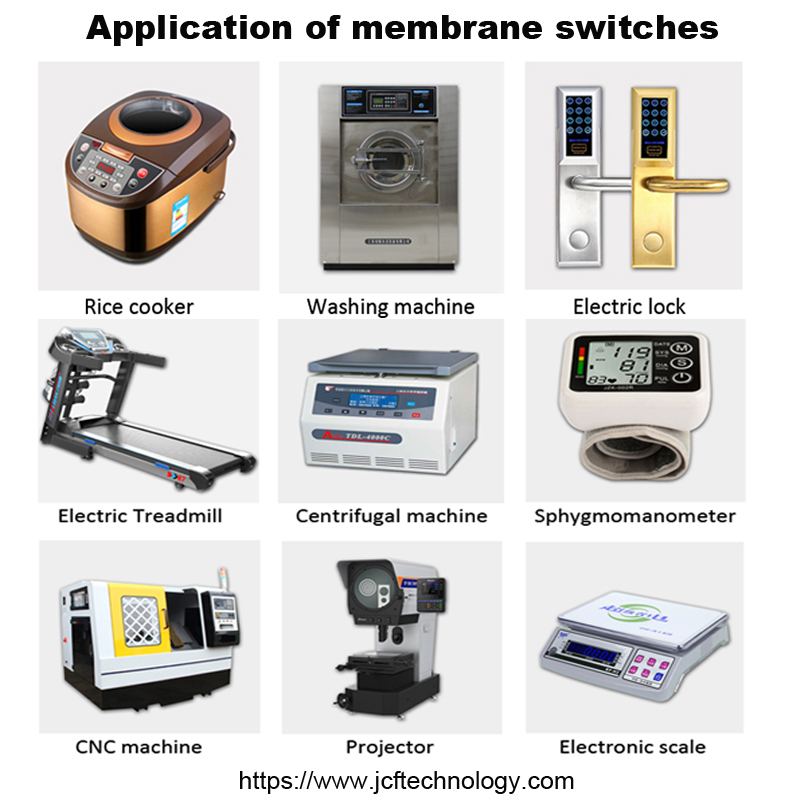
More information visit:www.jcftechnology.com